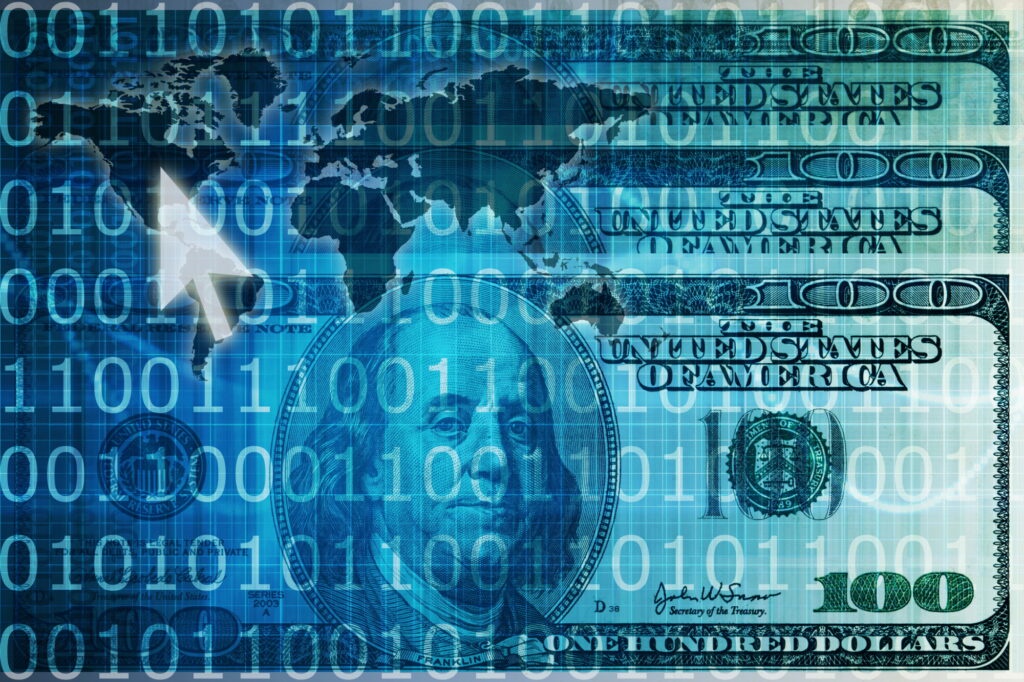Paperless payment processing refers to the use of digital technology to complete financial transactions without the need for physical paper documents. This type of payment processing can be used for a wide range of financial transactions, including purchases, invoices, bill payments, and payroll processing.
In a paperless payment processing system, all of the information related to the transaction is stored digitally, and the transaction itself is initiated and completed electronically. This can include using credit or debit cards, online banking systems, mobile payment apps, or other digital payment methods.
By eliminating the need for physical paper documents and processes, paperless payment processing can help to streamline financial transactions, reduce costs, increase efficiency, and improve security. It also enables businesses and individuals to conduct transactions remotely, from anywhere with an internet connection.
What are the Benefits of Paperless Payment Processing?
There are several benefits of paperless payment processing, including:
- Convenience: Paperless payment processing is convenient for both businesses and consumers as it eliminates the need for physical paper documents, checks, and cash, making it easier to complete transactions quickly and efficiently.
- Faster processing: Paperless payment processing is generally faster than traditional payment methods, as transactions can be completed in real-time or within a few minutes, compared to several days for checks to clear.
- Improved accuracy: Digital payment processing reduces the likelihood of errors that can occur with manual processing, such as incorrect data entry, misread handwriting, or lost documents.
- Increased security: Digital payment processing provides increased security compared to traditional payment methods, as transactions are encrypted and secured against fraud and theft.
- Lower costs: Paperless payment processing can save businesses money by reducing costs associated with printing, mailing, and storing paper documents, as well as reducing the risk of fraud and chargebacks.
- Improved record-keeping: Digital payment processing enables businesses to store and access transaction records electronically, making it easier to track and manage finances.
Overall, paperless payment processing offers many benefits, including increased convenience, speed, accuracy, security, and cost savings, making it an attractive option for businesses and consumers alike.
How Does Paperless Payment Processing Work?
Paperless payment processing works by using digital technology to initiate and complete financial transactions without the need for physical paper documents. Here is a general overview of how the process works:
- Initiation: The process begins when a customer initiates a transaction by selecting a digital payment method, such as a credit or debit card, online banking system, or mobile payment app.
- Authorization: The payment information is transmitted securely to the payment processor or acquiring bank, which verifies the customer's identity and confirms that there are sufficient funds available to complete the transaction.
- Settlement: Once the transaction is authorized, the payment processor or acquiring bank initiates the settlement process, which involves transferring funds from the customer's account to the merchant's account.
- Record-keeping: All transaction details are recorded electronically and stored securely in the payment processor's database or the acquiring bank's system, where they can be accessed and managed by the merchant or other authorized parties.
Throughout the process, the customer and merchant receive electronic notifications to confirm the status of the transaction, including confirmation of payment and shipment of goods or services.
In addition to the basic process outlined above, paperless payment processing may involve additional steps or features, depending on the specific payment method, platform, or service provider being used. For example, some payment processing systems may offer fraud detection and prevention tools, chargeback management, or subscription billing features to help businesses manage recurring payments.


No comments yet